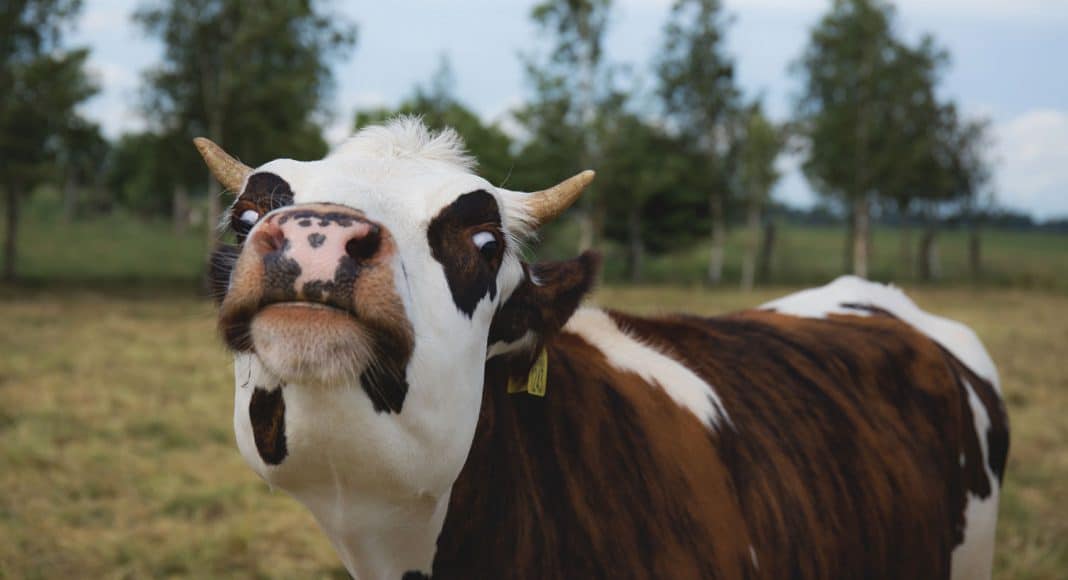Today’s flashback takes you to 1995, the year when the noontime luster of Cool Britannia (embodied in this classic Pulp track) was dimmed by the shadow of mad cow disease, which had claimed its first ever human victim, just outside of London.
Creuztfeldt-Jakob disease, which, as anyone in the mid-‘90s could have told you, is the more correct name for the human variant of mad cow, is part of the family of transmissible spongiform encephalopathies (TSE), which attack the brain, rendering it into a soggy, tattered mess, like an old kitchen sponge. TSEs can take years to present symptoms, but once they do the poor victim will experience memory loss, hallucinations, tics and seizures, growing dementia, then death.
You catch TSEs from eating brains or nerves. Creuztfeldt-Jakob comes from cows. If you eat a person, you might catch a kuru, like New Zealand’s Foré people did back in the early 20th century. (One more reason not to eat a person—even if it’s consensual.)
There is no treatment for TSEs. Once they get going, there’s no stopping them. The good news is that it is very difficult to catch them. Just don’t eat people. (Did we already tell you that?) And don’t eat cervelle de veau from an infected animal. (Steak, however, is A-OK.)
We tend to think of diseases as invading organisms that want to feast on our insides or, at the least, make a home of them. But TSEs are caused by prions, which are simply proteins. Proteins with bad attitudes. To function properly, proteins have to be folded in very precise ways. But prions are slovenly, and their mere presence gives other proteins…ideas. Like that troupe of mean girls you daughter fell in with in junior high who introduced her to fashion that made you feel prudish and music that made you feel old, prions entice the proteins in your brain to twist themselves in strange and provocative ways.
A corkscrew will work whether it twists clockwise or the reverse. Not so our brains. When the proteins in our head all twist the wrong way, we don’t suddenly develop Genghis Khan goatees and a taste for mayhem, like anti-world Spock does. No indeed. We look just the same; we just end up dead.
A growing body of literature shows that cannabis can protect the brain against degenerative diseases, such as Parkinson’s and Alzheimer’s. However, only one study so far has tested its effect on TSE. Researchers observed the effect of the cannabinoid CBD on both tissue samples and living mice that had been infected by a TSE called scrapie, that typically affects sheep. The results showed that CBD both slowed the migration of prions into the brain and extended life for mice already infected, in each case by about 6 percent. Six percent is hardly a figure for celebration, but considering that there is absolutely no current treatment, it’s better than chopped liver.
However, there is one big problem: CBD is most effective against prions when it taken directly after infection—but TSEs can take years to manifest. In addition to that, there are myriad “little” problems, including the fact that scrapie is not Creutzfeld-Jakob and mice are not people.
If you’d like to stroll into the scientific weeds of this subject, read the initial study and this accessible critique by the Prion Alliance.


